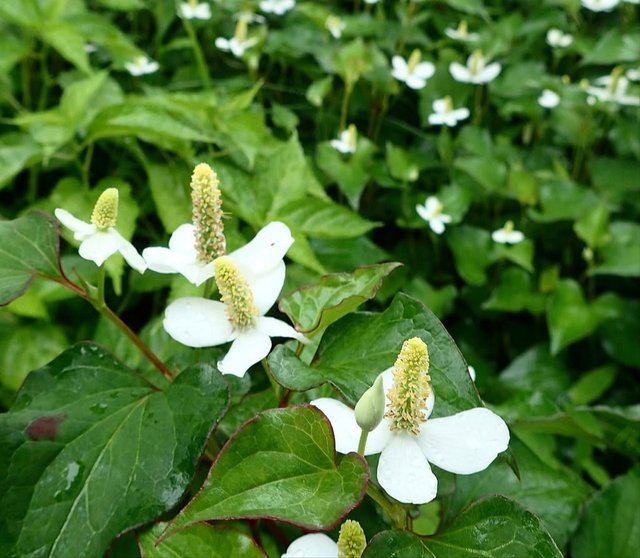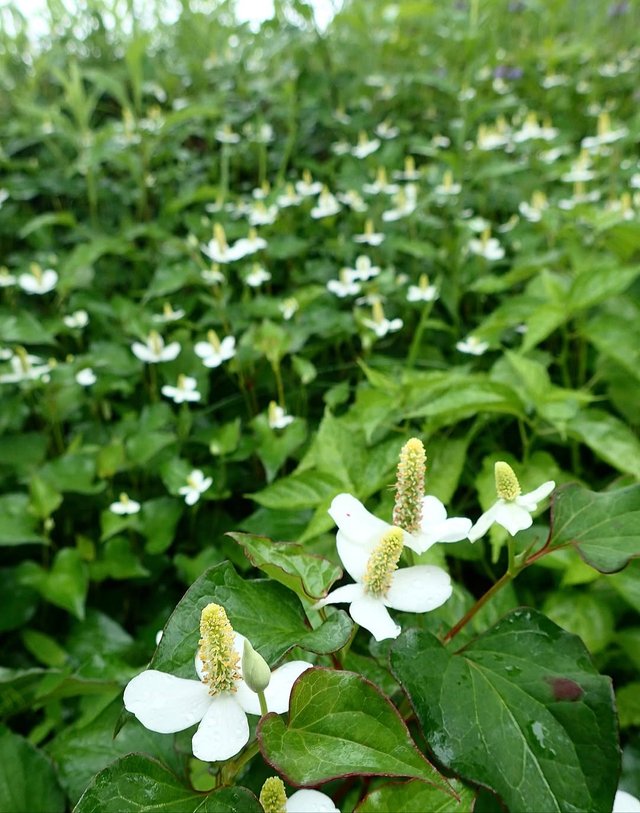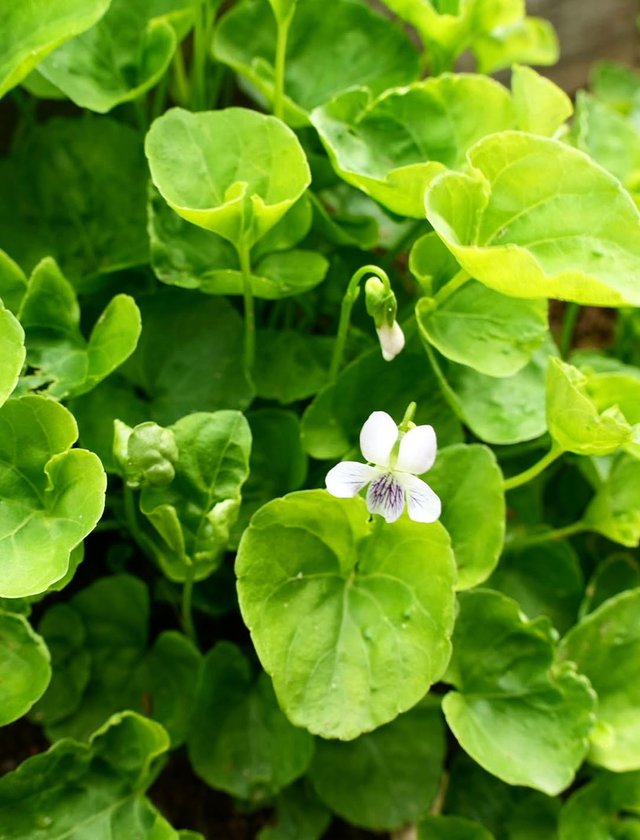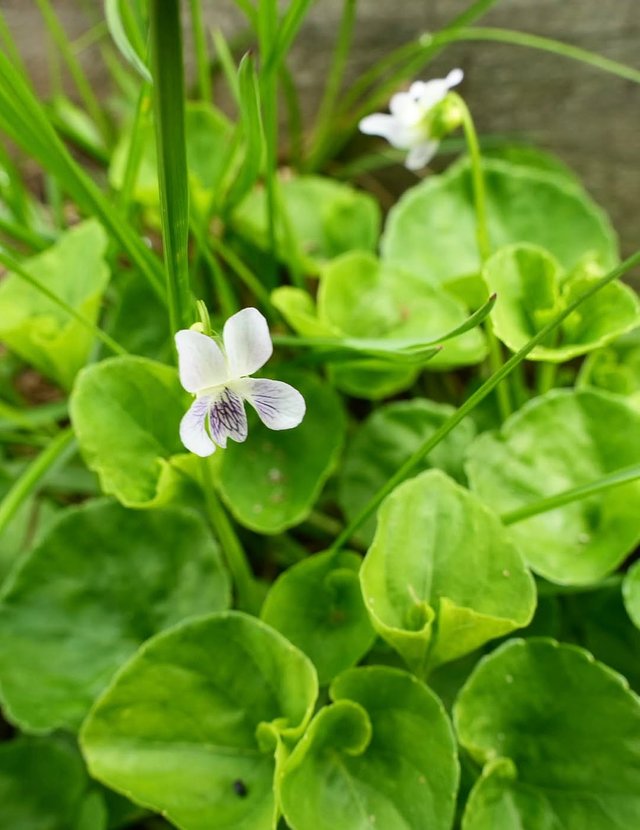Violet Flower
Violet flower is a charming and delicate flowering plant widely admired for its vibrant colors, unique shape, and subtle fragrance. Native to temperate regions of the Northern Hemisphere, violets are found in woodlands, meadows, and gardens across the world. They come in a range of colors including purple, blue, white, and yellow, with purple being the most iconic. The flowers typically have five petals, with one petal often forming a distinctive spur that contains nectar, making them attractive to bees, butterflies, and other pollinators. Violet flowers are known for their heart-shaped leaves and low-growing habit, often spreading through creeping rhizomes or self-seeding.
They thrive in moist, well-drained soil and prefer partial shade, though some species can tolerate full sun. The blooming season generally occurs in spring, but some varieties produce blossoms in summer and fall as well. Historically, violets have been symbols of modesty, faithfulness, and love, frequently appearing in literature, art, and folklore. They also hold medicinal value; the leaves and flowers have been used in herbal remedies for ailments like coughs, headaches, and skin irritations due to their mild anti-inflammatory and soothing properties. In culinary uses, violets can be candied for cake decorations, infused in syrups, or added to salads for both color and flavor.
Species like Viola odorata, known as sweet violet, are particularly prized for their intense fragrance and have been used in perfumery for centuries. Easy to grow and maintain, violets are beloved not only for their beauty but also for their ecological importance, as they serve as host plants for certain butterfly species such as fritillaries. Their resilience, charm, and versatility make them a timeless favorite in gardens and natural landscapes alike.




